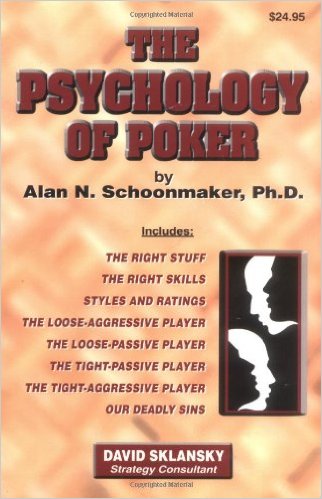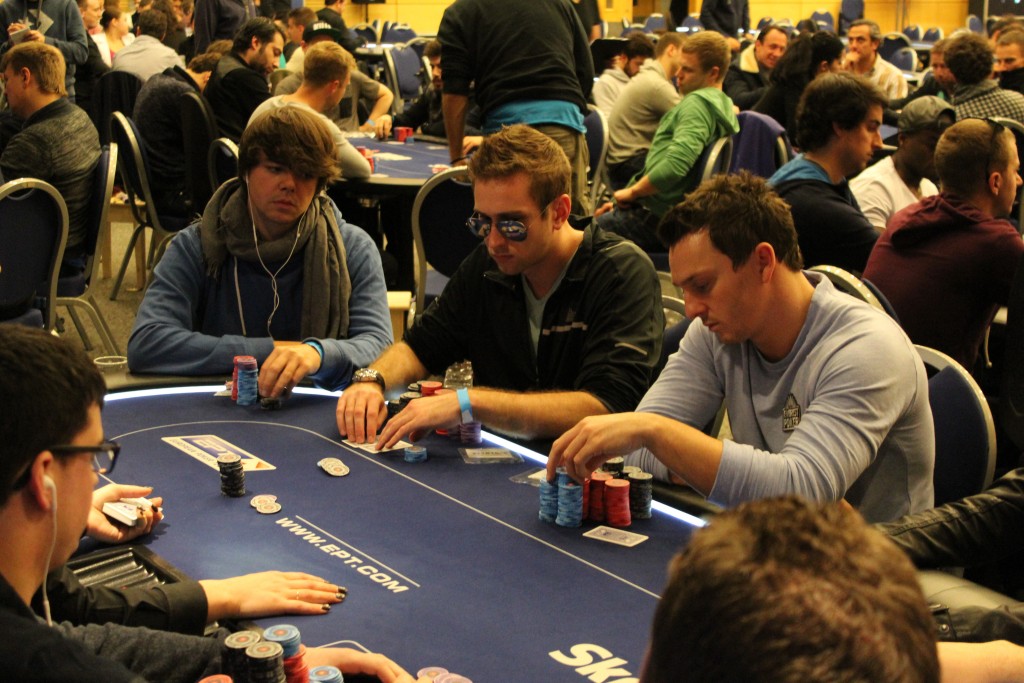Poker Notepad: Homework, Part 2
The second edition of our little dissertation on how to work at your game the right way is about more practical matters which give us a definite algorithm. The authors advise to dedicate a whole year to the education. We’ve got more universal decision for you. Remember, we are trying to become a better poker player with the help of this articles.
Professional players MpethyBridge and Spikeraw22 from 2+2 forums have started big thread where they talk about all the details of their off table work. There is a lot of info, we’ve read the whole thing, analyzed it and now publish the main info.
In Part 1 we speak about the way of analyzing hands, how to make yourself start doing this, why you need to do this and the best way to record the hands.
So one of the topic starters advises us to systematically write the hands down, analyze them, systemize, read poker books and do whole lot of other stuff during the whole year. It would be all less effective otherwise, according to him, and the player who doesn’t want to dedicate himself fully throughout the year is acting like amateur.
In reality of modern life poker such approach has the right to exist, but won’t be suitable for the most people. Our variant of studying is more universal and based on the information we’ve got from professional players.
Passive homework
The topic starter recommends just two books to read: The Psychology of Poker (Alan Schoonamaker) и No Limit Hold ‘Em, Theory and Practice (David Sklansky, Ed Miller). He claims there is nothing more needed to play at lower limits in poker clubs and casinos.
You have to read them in a right way, make notes, and try gained knowledge on practice, comeback to it some time. It’s a good habit to reread one of these books one time in six months or a year.
Active homework
Working at your game is primarily in the analysis of played hands, and that is a common practice. Professional players spend a lot of time on it.
The issue is that live poker player is physically unable to get a big hand history (in comparison with online poker players). But we have an advantage; we remember all the details, all the reasons why we’ve played this way and not otherwise. Our conclusions on these hands are of much more value and more precise.
Player at the low stakes should right down several hands during the session and the goal is to collect about 100 hands.
How to gather this collection? Let’s figure out what hands we should write down. Here is the list of the most significant leaks or hands (in order of decreasing importance) for low limit players playing in the poker club:
- Misplaying АА and КК. About half of all the profit is gained on these hands so you must keep the closest attention on them.
- Misplaying QQ, JJ, AK and AQ, we can also add TT, AJs and KQs. We can study them as a group of starters.
- Blind protection. The main factor in playing poker profitably is correct play on the blinds. Many underestimate this factor. And that’s a miss.
- Cold calling. (calling the raises in position first). It is better to divide cold calls according to starters you have: broadways, suited connectors, pocket pairs
- Limpers isolation.
- Pots > 30 bb (any).
EPT Malta 2015 (Spindler, Drinan, Trickett)
How to systemize hands
In Part 1 of the article we’ve written that one can write down in Notepad (at smartphone) or record on Dictaphone (way more effective). Then one should create separate file (Excel’s good) for hand history.
For all the above-mentioned points we create a separate page. Each page has a table of one format (that is important!) with the following columns, (one can think of/add new ones):
- Date,
- Hand link (more on that later),
- Name (for example, – “Three limpers isolation with 7-6s”),
- Opponents range,
- Win/loss,
- Equity adjusted Win/loss (actual win/loss is not always relevant).
You can save all (and only important) hands online when you choose a good format. Hands can later be put in replayer. This website is able to help us. After all the data put into the player, it can be later watched in flash player.
Let’s finish it here. The plan must be understandable here. We’ll talk about hand analysis in the next part. We’ll talk about it in details. Hopefully, we’ll be able to find the answer to question how to become a better poker player in time.
Previously on the series:
Poker Notepad: Live poker chameleon
Poker Notepad: Maniacs can cry also
Poker Notepad: Poker isn’t slot machine
Poker Notepad: Tournaments are fun, but cash is cash



